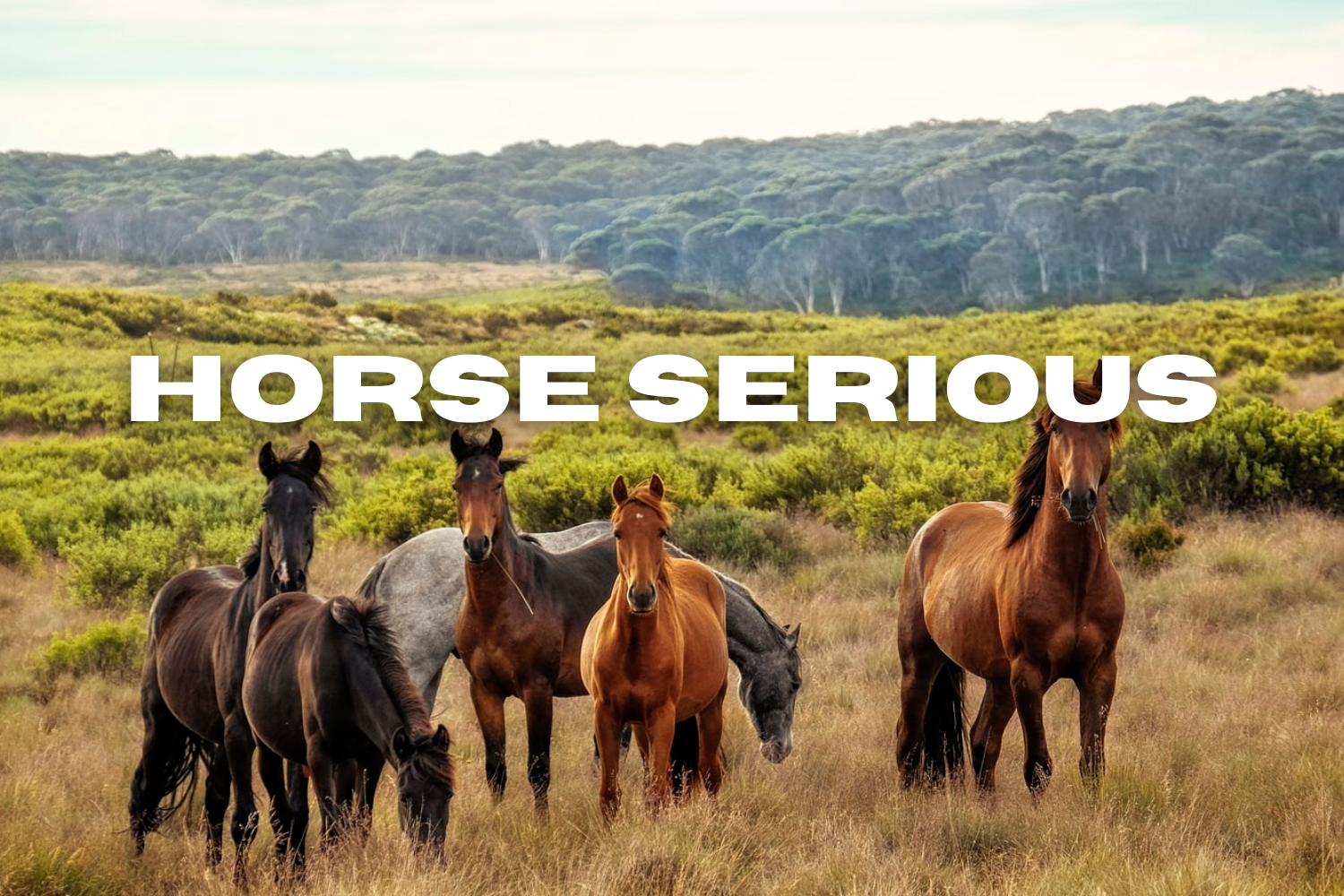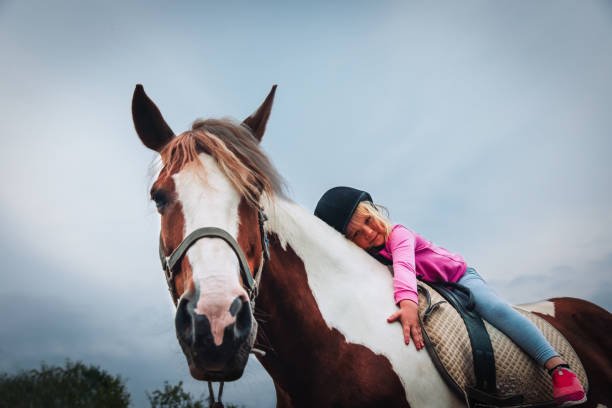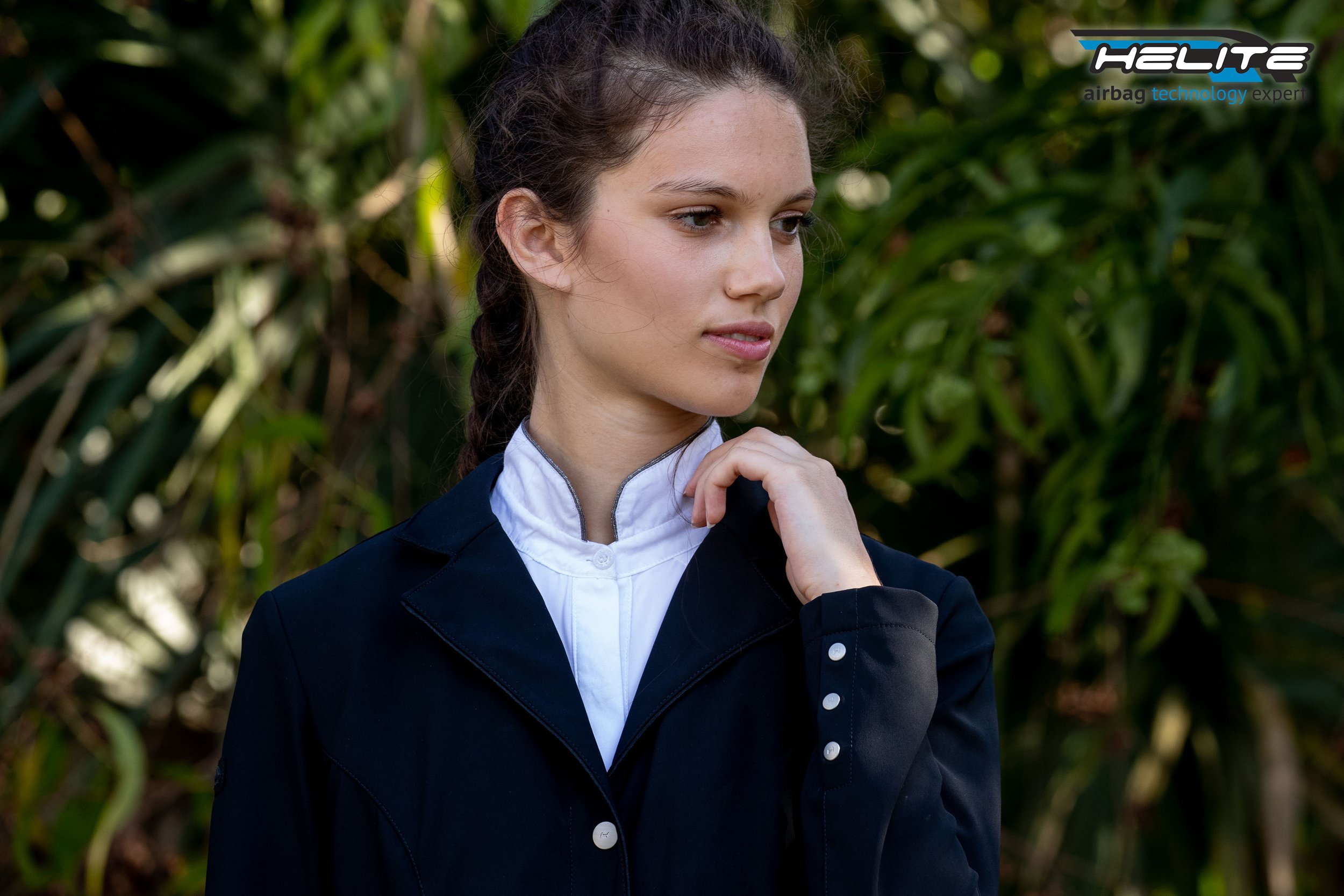Horseback riding isn’t just a serious sport that requires athletes to train day in and day out. It’s so much more than that. Being able to sit in a saddle and do something as simple as walking around an arena has many, many benefits to our mental health, it can be thought of as a meditation process.
The connection between you and the horse you are riding is very deep. There is often a level of respect and dependence that is required once you sit in the saddle. It is a fun activity but it is also mentally and physically challenging. The challenge comes from being able to sit still, balanced, and grounded for a period of time. Horseback riding is like a therapy session or a yoga practice. It requires you to think with intent and process information as it comes.
There are many benefits of horseback riding and being around horses. Horses have very calming energy, even rowdy ones. Because horses are prey animals, they can essentially see through us and really get a sense of who we are. They feel our stress and our emotions, which makes a relationship with a horse much more profound. If you are privileged enough to have a horse in your life, you can understand how meaningful this relationship is.
Let’s look at all the mental health benefits that horses give us!
Equine Therapy
The reason equine therapy exists is that the relationship between mindfulness and horses goes hand-in-hand. Equine therapy dates back to 500 BC in ancient Greece. Philosopher Hippocrates wrote extensively about the therapeutic potential of horseback riding, detailing the important relationship between humans and animals.
Fast forward to today, the research behind equine therapy still demonstrates the many health benefits. It helps with depression, anxiety, trauma recovery, dissociative disorders, learning disabilities, and many more. There are two main types of equine therapy; Equine-Assisted Psychotherapy (EAP) and Equine-Assisted Learning Therapy (EAL).
Equestrian-Assisted Psychotherapy
EAP involves a patient and an equestrian professional as well as a licensed mental healthcare provider. The goal of this therapy is similar to clinic therapy, which is to achieve mental health goals. This holistic practice doesn’t always involve riding horses, but more so the tasks that go along with horse care. Most sessions are in small groups, with delegated tasks or obstacles to overcome. The sessions conclude with a discussion period where the patients go over what they learned and how they felt with the therapist.
The mission of EAP is to help you learn more about yourself, create new ways of thinking, and problem-solving, as well as change negative behavior. EAP is primarily used in addiction counseling and trauma recovery. Working with horses requires discipline, responsibility, and patience. This kind of therapy encourages and empowers us to be flexible and open-minded. It is an efficient way to expand and improve communication skills, especially among those with difficulty expressing themselves emotionally.
Additionally, equine-assisted therapy helps us build and regain our trust. Many people struggle with the ability to trust and accept others, as well as themselves. The level of closeness and the bonds built between humans and horses enable us to experience affection, respect, acceptance as well as frustration, and problem-solving. All of these are extremely important when developing relationships in the real world.
Equine-Assisted Learning Therapy
Equine-assisted learning therapy at its core is the communication between humans and horses that brings development within a person. Horses have a very strong ability to see us deep down and provoke emotions that tell us the aspects of our lives that need attention. EAL is the process that facilitates these changes and helps set us on a new pathway.
During an EAL session, you will engage with a horse in similar ways to EAP but with some additions, like role-playing, role reversal, and mirroring. The session finishes with a discussion about the thoughts and emotions that were brought up during the activities. It is a beneficial program for those struggling with depression and anxiety, post-traumatic stress disorder, learning disabilities, and those in need of spiritual healing.
Many people can benefit from this type of therapy, The main difference between EAL and EAP is that EAL is particularly beneficial for young children and young adults seeking to develop the necessary tools and skills for making good choices. It is a powerful program that does not require psychotherapy. It gives patients the opportunity to obtain first-hand experience that they can use in the real world. EAL addresses issues like teamwork, empathy, bullying, authority problems, aggression, and more.
Mental Health Benefits From Horseback Riding
In addition to equine therapy and the benefits that come from those programs, let’s take a look at the overall advantages that horseback riding has on mental health.
Horseback Riding Helps Ease Symptoms of Depression and Anxiety
Horseback riding can help you clear your mind and become more present, which after all, is one of the main issues that is derived from depression and anxiety. Those who suffer from these two things can understand the limits they put on us. Anxiety causes us to worry about the future, while depression can cause us to fixate on the past. Horseback riding can enable us to recognize negative patterns and lower stress levels.
Horses Ease Symptoms of PTSD
In 2020 post-traumatic stress disorder affects over 13 million Americans, 8% of American women have PTSD, while 4% of men have it. Some symptoms of PTSD are flashbacks, intrusive thoughts, nightmares, difficulty concentrating, and many more. The way that horseback riding can help is similar to how it helps those with depression. It enables us to be present and one with our thoughts. Many equine-therapy clients report a sense of belonging and improved coping skills from their sessions.
Spiritual Healing
In Aboriginal cultures, horses are seen as “truth tellers and offer safe touch”. Many Indigenous youths experience a much higher level of mental illness, sexual abuse, and depression, in addition to higher incarceration and unemployment rates. But, with the help of horses, there are programs that facilitate safe and healthy spaces for physical touch and deep connection to occur. Horseback riding and equine therapy help administrate a spiritual awakening by simply being around horses and going through guided activities.
Learning Disabilities and Lifelong Conditions
Lastly, we can see the benefits of horseback riding in autistic children and kids with learning disabilities. Children with autism often have difficulty communicating and comprehending cues. However, equine therapy and being around horses push the child to follow directions with fun activities that help them take a direction that is easier for them to understand. It also allows the child to give directions and enables communication.
The article is brought to you by Helite US.
Ride fearlessly with optimal protection when you wear a Helite Zip’In or Helite Air Jacket airbag vest.
Don’t risk serious injury, wear the air vest!
Now available in tall and child sizes.
https://pagead2.googlesyndication.com/pagead/js/adsbygoogle.js?client=ca-pub-3762802995754264
(adsbygoogle = window.adsbygoogle || []).push({});
https://pagead2.googlesyndication.com/pagead/js/adsbygoogle.js?client=ca-pub-3762802995754264
(adsbygoogle = window.adsbygoogle || []).push({});
https://pagead2.googlesyndication.com/pagead/js/adsbygoogle.js?client=ca-pub-3762802995754264
(adsbygoogle = window.adsbygoogle || []).push({});
https://pagead2.googlesyndication.com/pagead/js/adsbygoogle.js?client=ca-pub-3762802995754264
(adsbygoogle = window.adsbygoogle || []).push({});
https://pagead2.googlesyndication.com/pagead/js/adsbygoogle.js?client=ca-pub-3762802995754264
(adsbygoogle = window.adsbygoogle || []).push({});
https://pagead2.googlesyndication.com/pagead/js/adsbygoogle.js?client=ca-pub-3762802995754264
(adsbygoogle = window.adsbygoogle || []).push({});
https://pagead2.googlesyndication.com/pagead/js/adsbygoogle.js?client=ca-pub-3762802995754264
(adsbygoogle = window.adsbygoogle || []).push({});


